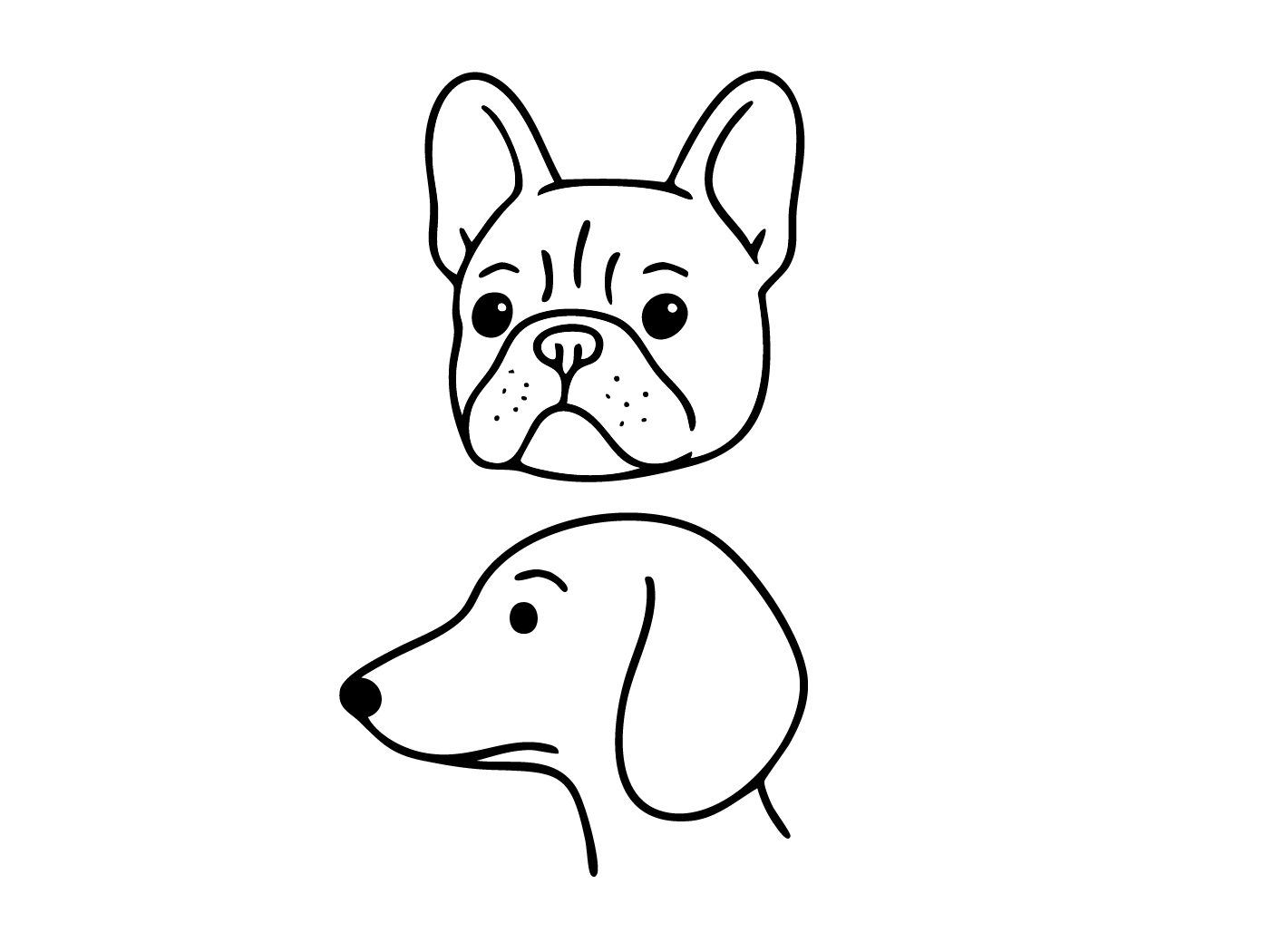Ongoing Research & Future plans
We are working on a suite of complementary experiments that seek to discover and analyze features of ligands or the extracellular matrix that affect long-range signaling in animals.
Evolution of ligand-matrix interactions
Evolution has given rise to homologous signaling proteins that contain polymorphisms on the solvent-exposed surface. Those polymorphisms could affect ligand-matrix interactions, and result in different size signaling gradients. We are using a combination of protein language models, ancestral sequence reconstruction and computational docking to identify surfaces of signaling ligands that could affect their matrix interactions, and testing the predictions using single-molecule microscopy. In this work, we are simultaneously working on classic developmental morphogens in addition to immune cytokines and chemokines.
Connecting morphogen diffusion to morphogenesis
Hounds and bull dogs have dramatically different face shapes despite being closely related. The genetic cause of this difference has been mapped, and several causative loci encode extracellular matrix proteins. We are pursuing the idea that variation in the extracellular matrix can cause variation in canine anatomy by regulating morphogen diffusion. In addition to pursuing this work based on prior genetic characterization of dogs, we are developing similar approaches to compare the face shape in anteaters to that of their close relatives the sloths.
High-throughput discovery of matrix-interacting proteins
We are developing an assay that can simultaneously measure a library of extracellular ligands or protein fragments as they interact with an intact extracellular matrix, and we will use this assay to categorize extracellular ligands or protein fragments based on their affinity for a natural extracellular matrix.
Environmental effects on diffusion
If signaling ligands diffuse by associating with the extracellular matrix, then conditions that affect the composition of the extracellular matrix ought to affect ligand diffusion. We are testing how metabolic environment or disease-specific gene expression affect the diffusion of extracellular ligands.
These projects are in various phases of development — please reach out if you want to consult or collaborate as the projects take shape.








